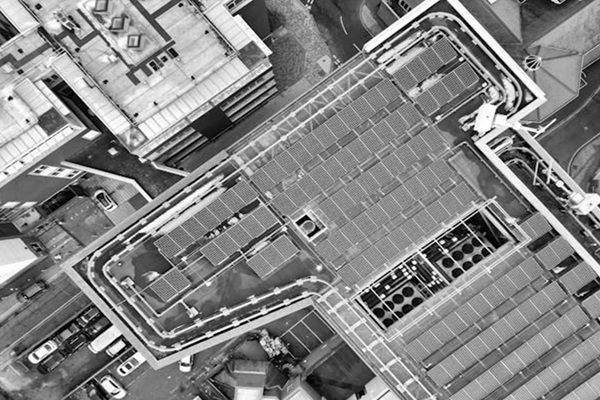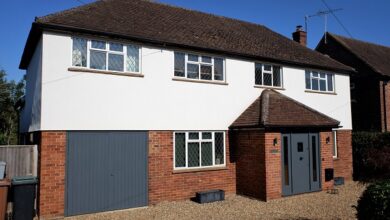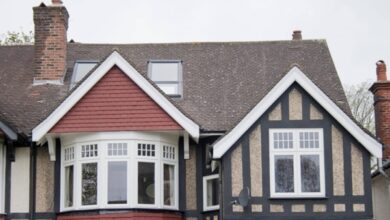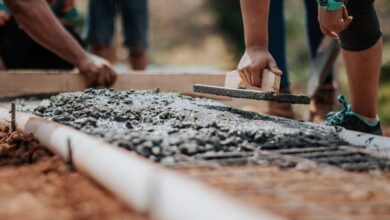The Intersection of Sustainability and Structural Innovation

Urban development will be defined by integrating structural innovation with sustainability. Strong, environmentally friendly, high-performance infrastructure has become even more vital as cities grow. Architects and engineers constantly search for innovative ideas to create constructions that balance environmental responsibility, lifetime, and usability.
Modern solutions concentrate on low resource usage, maximum energy efficiency, and cutting-edge materials that prolong building lifetime. One important illustration of this creativity is the use of UK retaining wall systems, which greatly help major infrastructure projects and advance environmental sustainability.
Using advanced materials to strengthen urban resilience
Structural innovations are changing how cities are constructed and increasing flexibility in response to social and environmental developments. Developing prefabricated components, carbon-neutral building materials, and high-performance concrete has enhanced urban infrastructure’s lifetime and strength. Moreover, modular building methods allow quick construction with low waste, lessening the effect of recently proposed buildings on the surroundings. Using smart materials that respond to environmental stresses, engineers ensure contemporary structures are long-lasting, energy-efficient, and climate-responsive. Among these materials are facades that can control temperature and cement that can heal itself.
Improving sustainability with strategic design
In structural engineering, sustainability transcends the choice of materials to include strategic design and planning. These days, urban projects reduce their dependency on energy sources that do not periodically replenish themselves by using solar-integrated facades, green rooftops, and passive cooling systems. Water-sensitive urban design (WSUD) helps improve sustainability even more through permeable surfaces and bio-retention areas. Furthermore, developments in digital modelling and AI-driven structural analysis are helping builders maximise resource allocation, reduce construction waste, and improve the efficiency of metropolitan infrastructure.
The part technology plays in future-proofing infrastructure
Emerging technologies are changing the building sector and enabling infrastructure design to fit urban requirements. Digital twin technology and building information modelling (BIM) continuously monitor structural health, guarantee preventive maintenance, and lower long-term expenses. Predictive analysis enabled by artificial intelligence also enables engineers to foresee structural flaws before they become major problems.
As 3D printing in construction becomes more popular, cities may now create bespoke parts on demand, simplifying the building process and reducing resource waste. These developments improve efficiency and help urban infrastructure be flexible and long-lasting. Smart sensors and automated monitoring systems help buildings self-adjust to environmental conditions, maximising structural stability and energy usage. Combining data-driven insights with creative building methods guarantees that future developments stay robust, affordable, and sustainable in an always-changing urban environment.
The road ahead for ecological structural design
The demand for environmentally friendly, structurally strong infrastructure will increase as urbanisation progresses. Eco-friendly materials, creative building methods, and digital innovations guarantee that the next projects will be more dependable, reasonably priced, and ecologically benign. Cities that use these contemporary approaches can build long-lasting infrastructure that satisfies current requirements and foretells future difficulties. The built environment can be transformed into a model of structural excellence, efficiency, and sustainability through the cooperative efforts of engineers, architects, and urban planners. Giving sustainable development more importance is ultimately meant to guarantee that future generations will inherit strong and flexible urban areas.


